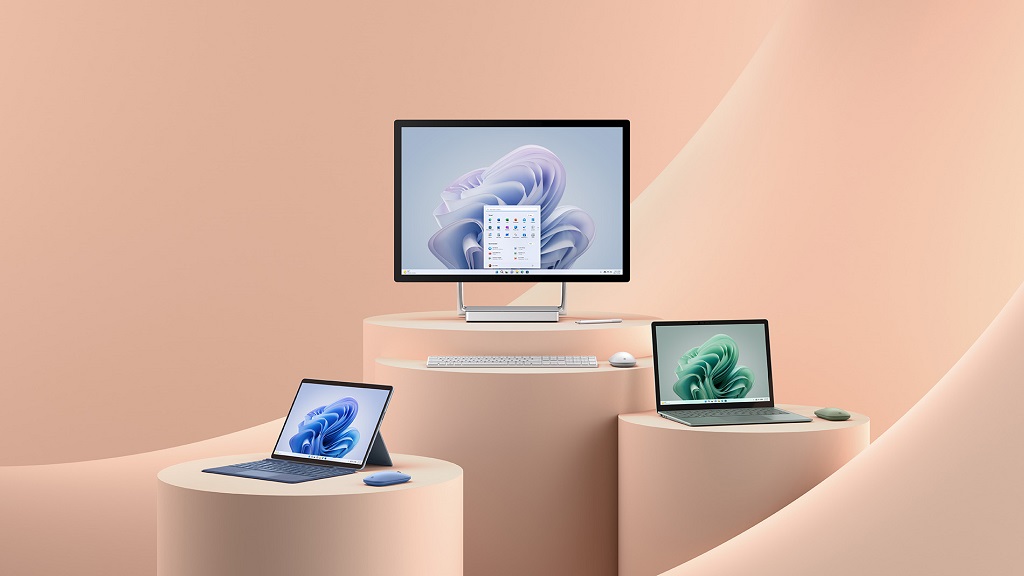
Nokia to lead a 6G research project financed by the German government and in which no less than 29 entities will participate, both academic and industrial, without forgetting startups. Its purpose is to promote various research and standardization efforts. Although 5G networks are still being deployed today, 6G could already be available by 2030. For this reason, various entities are already taking steps to advance with them.
The project, which they have called 6G-ANNAalso has the support of the German Federal Ministry of Education and Research, which is the entity that is going to finance it with 38.4 billion euros, and whose purpose is to give a boost to the German and European agendas in relation to 5G and its future over the next three years.
Its research will not be carried out in isolation, as it will interact with other major 6G projects in Europe and the United States, in order to ensure global standardization. As part of 6G-ANNA, Nokia will focus on designing an end-to-end 6G architecture, as well as working on three key technology areas: 6G access, network of networks, and system automation and simplification.
Although it is still early to predict the final format of the 6G standard, and what technologies will be included in it, there are already several assumptions about its capabilities and about the problems that researchers, operators and manufacturers face. As usual in these cases, the new 6G networks will achieve many advances in speed, network capacity and low latency. In addition, they are also expected to be much more reliable and intelligent. This will achieve higher quality mobile broadband, as well as enable advanced services such as truly immersive extended reality, high-fidelity mobile holograms and digital twins.
In order, yes, to develop these applications, 6G has to be able to solve current problems, such as the limited processing capacity of mobile devices, as well as the integration of intelligence in the network. If the most ambitious goals are met, 6G will offer 100 times the capacity of 5G and will be able to support 10 million devices per square kilometer. Its signal could extend 10 kilometers above the surface, which would allow 3D coverage in the sky, and even in space and underwater. All of these capabilities would enable intelligent perception, positioning, edge computing, and high-definition imagery.
Nokia says that subnets, extended reality and real-time digital twins will be among the proofs of concept it plans to introduce as part of the 6G-ANNA project. Also, Peter Merz, Head of Nokia Standardhas indicated with respect to this project, which he considers «Germany’s largest government-funded model project on 6G”, that “although the first 6G networks are not expected to be commercially available before 2030, we are already laying its technical foundations with %G-Advanced, as well as with the long-term innovation that will drive 6G developments«.



